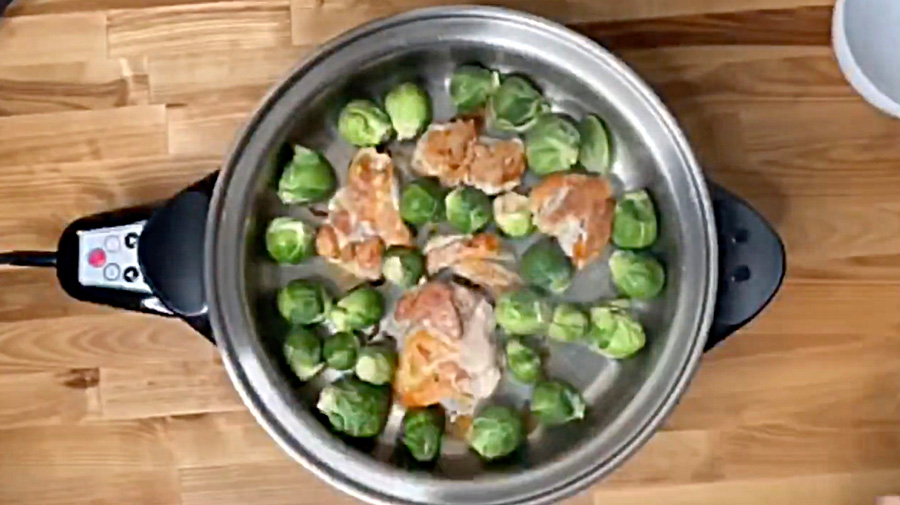Cooking can be a deeply fulfilling experience, especially when you get the hang of some fundamental techniques like frying and sautéing. These methods are perfect for home cooks and food enthusiasts who want to elevate their dishes with rich flavors and delightful textures. Here’s a simple guide to help you master the art of frying and sautéing.
Step-by-Step Guide to Frying or Sautéing
1. Preheat Your Skillet
Begin by preheating your skillet on medium heat. A well-preheated pan ensures even cooking and prevents food from sticking. To test whether your pan is ready, place a few drops of water in it. If the water droplets dance around the pan without immediately evaporating, your skillet is at the perfect temperature.
2. Prepare Your Cooking Surface
The next step depends on the fat content of the protein or ingredients you are using:
- High-Fat Ingredients: If your protein or mix already contains fat (like chicken thighs or marbled cuts of meat), there’s no need to add extra oil. The natural fats will render out and provide sufficient lubrication for cooking.
- Low-Fat Ingredients: For lean proteins like chicken breast or vegetables, it’s crucial to add a bit of oil. A teaspoon of oil, or a light spray, is usually enough. This helps in achieving that beautiful, golden-brown crust without sticking.
3. Begin Cooking
Place your ingredients in the pan and allow them to cook undisturbed. This initial phase is important as it helps in forming a crispy outer layer, making it easy to flip the food without it breaking apart or sticking to the pan.
- Patience Pays Off: Wait until you see a crispy edge forming around your food. This is an indication that the proteins have caramelized and the food is ready to be flipped. If you try to flip too early, it may stick, and you might lose that desired texture.
4. Flip and Finish
Once that crispy layer has formed, gently flip your food. Continue cooking on the other side until you achieve the same level of doneness. Remember, the key here is to let the heat do the work without rushing the process.
Pro Tips to Enhance Your Cooking
- Use a Cast Iron or Stainless Steel Pan: These types of pans hold heat well and distribute it evenly, making them ideal for frying and sautéing.
- Season Properly: Don’t forget to season your food with salt and pepper before cooking. This enhances the flavors and ensures a well-balanced taste.
- Don’t Overcrowd the Pan: Give your ingredients room to breathe. Overcrowding can lower the pan’s temperature, leading to steaming rather than frying or sautéing.
By following these steps, you can create delicious, restaurant-quality dishes right in your own kitchen. Remember, cooking is a journey of discovery and enjoyment. Embrace each moment and allow yourself the freedom to experiment and grow. Happy cooking!

